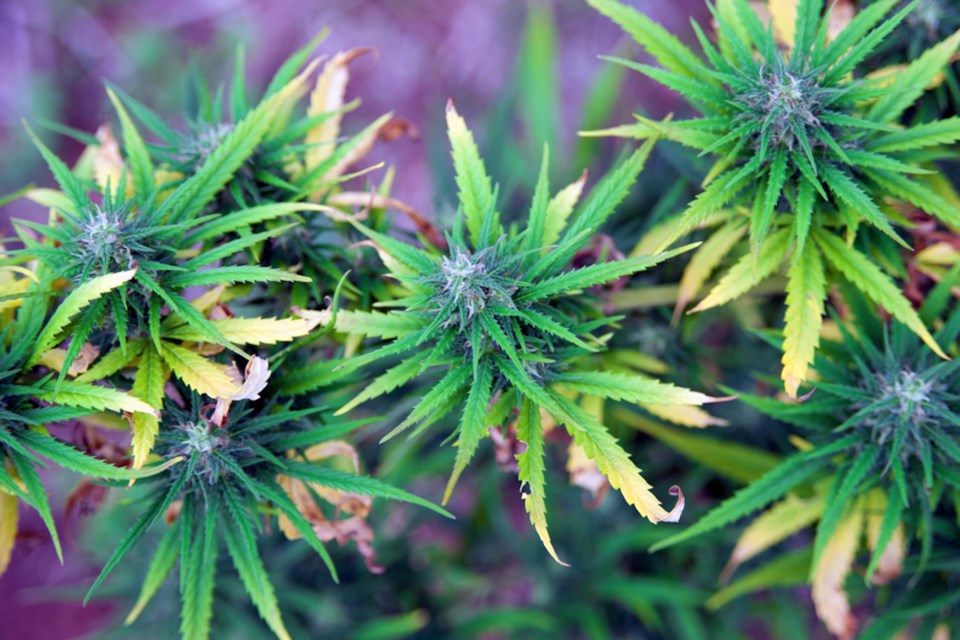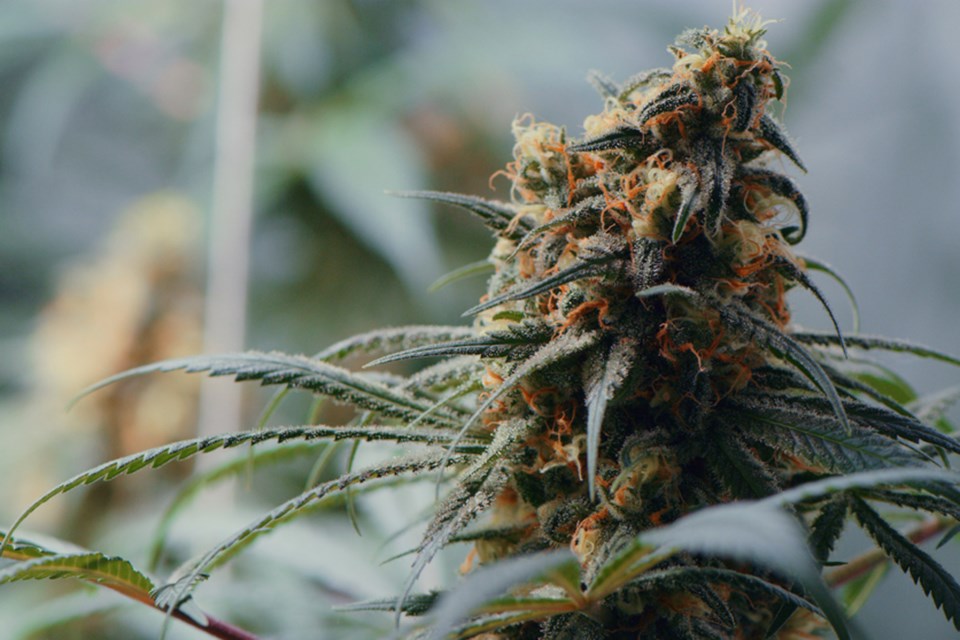Cannabis strains can look wildly different. With a trained eye, you can identify different strains based on essential characteristics. While hybrids have blurred the lines and made identification more challenging, spotting the difference between true indica or sativa plants is still reasonably straightforward.
While the mind-altering effects can often be the biggest clue, visual identification is also valuable. Let’s examine why cannabis strains vary in their appearance and how to identify specific kinds.
Genetics is Key
There are two main reasons why cannabis plants have different looks. The leading cause is genetics. Due to differences in weather patterns, soil conditions, and other factors in their specific native regions, indica and sativa plants evolved certain characteristics to help them succeed.
Sativa
Cannabis sativa is a tall-growing variety with light, airy buds and long skinny leaves. Most pot leaves used in popular culture are that of the sativa plant. Sativa plants can reach upwards of 10 feet, making indoor growing difficult. These plants are native to southeast Asia and areas near the equator and prefer warmer conditions like their homeland. If you can break up buds without using a grinder, you’re likely dealing with a sativa-dominant variety.
Indica
Indica plants originated in continental Asia and grew short and stocky, with compact, dense flowers. This lower profile helped them survive the generally colder growing conditions in Asia than that of the islands farther south. The leaves of indica plants grow broader than sativa leaves and are ideal for indoor or space-limited grow operations.
Temperature Adds Colors
As mentioned above, temperature and climate play a significant role in growth characteristics, but it’s also critical in adding vibrant colors to the flowers themselves. Cold growing temperatures encourage darker colors in marijuana buds. Many growers have perfected the art of cultivation and introduce plants to varying temperatures to help bring out these colors.
Sativa
Because sativa originated in warm, tropical climates, their flowers are typically brightly colored and lighter than indica plants. Classic sativas Panama Red and Acapulco Gold produce brightly-colored flowers and are among some of the easiest strains to identify visually.
Indica
With cold temperatures encouraging deeper colors, many indicas are often darker than sativas. Deep-colored names like Gelato, Purple Kush, and Grape Ape are all indica-dominant and can produce some of the market’s darkest buds. Bud color is much more indicative of strain than the name, as varieties like Blue Dream lean to the sativa side.
As growers continue to dial in genetics, visual appeal is becoming just as crucial as effects. Rainbow Kush lives up to its name and gives a great glimpse at what’s possible with successful hybrids.
 danielzgombic via gettyimages.com
danielzgombic via gettyimages.comSpotting Different Strains
With the above characteristics, you’ll be able to narrow down the field between the two main types of cannabis, but determining the specific strain will take more than just your eyes. Color often plays a vital role in the naming of a strain, so search for subtle clues in the fine hairs of the bud itself. The lighter the color, the more likely you’re dealing with a sativa strain.
Using your nose will also help you narrow it down. Every plant produces natural compounds known as terpenes, which are highly aromatic and feature unique properties. Many indicas contain the terpene myrcene, which has a musky, herbal aroma. Limonene is a common terpene in sativas, and you’ll find it in strains like Super Lemon Haze and Sour Diesel. There is some crossover between sativa and indica on the terpene wheel, so use the total picture to decide.
With some practice, anyone can identify weed strains simply by sight and smell. You may not be able to hit the exact hybrid strain, but you’ll know what terpenes you’re dealing with, and more importantly, the side effects you should expect along the way. Now that you understand why different strains look differently, you’re well on your way!
 This story was made possible by our Community Partners Program. Thank you The Veteran Farmer for helping to expand local news coverage in Alberta. Learn more.
This story was made possible by our Community Partners Program. Thank you The Veteran Farmer for helping to expand local news coverage in Alberta. Learn more.



